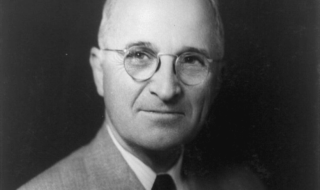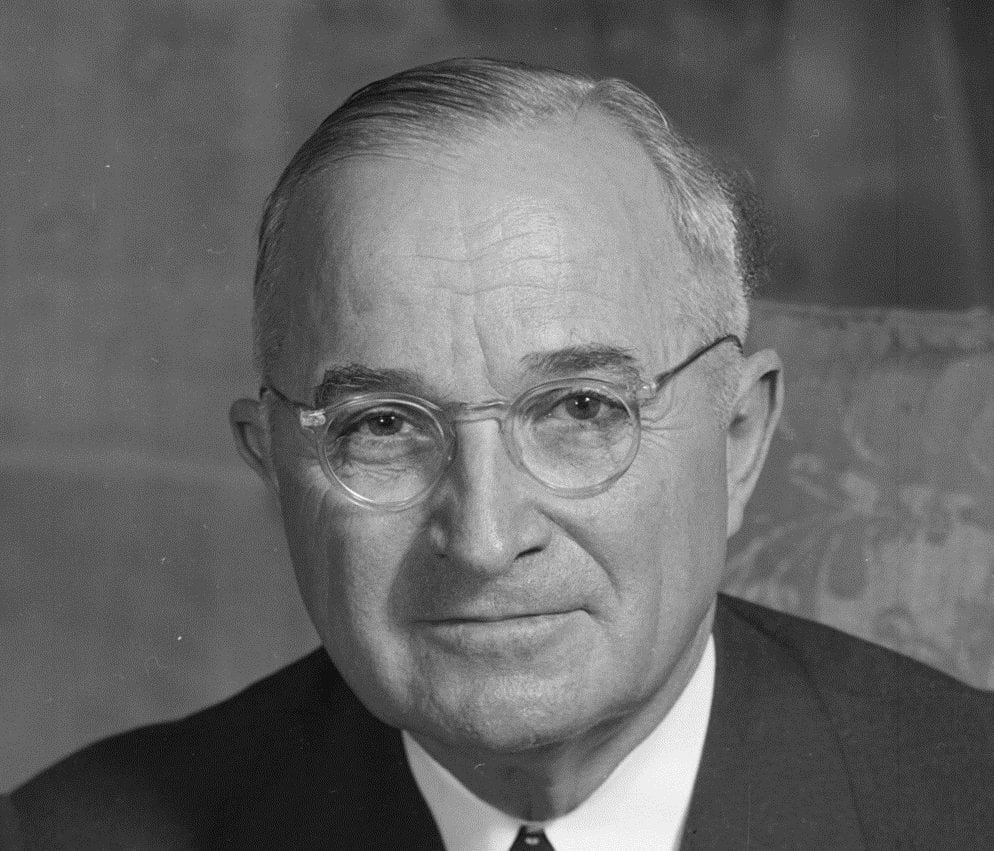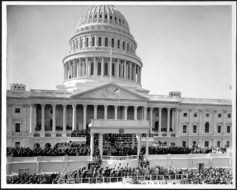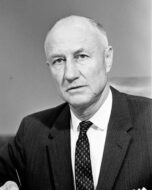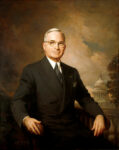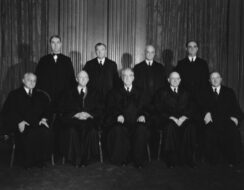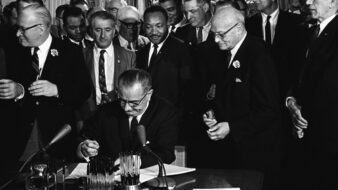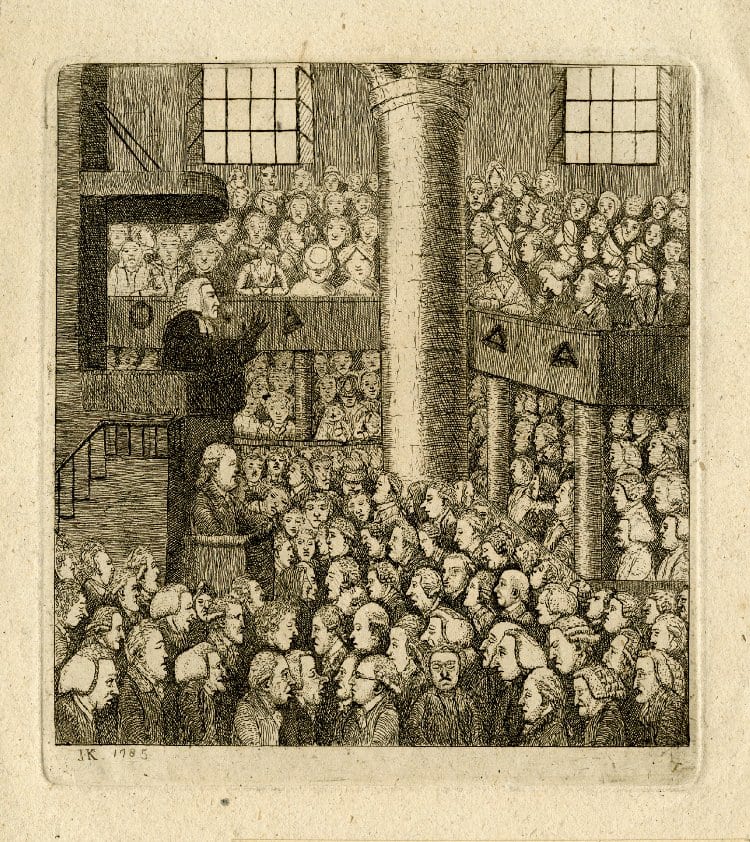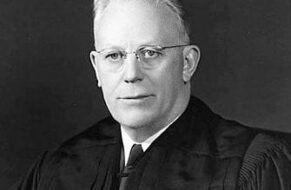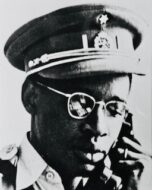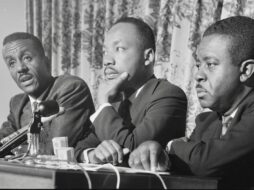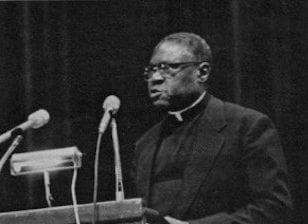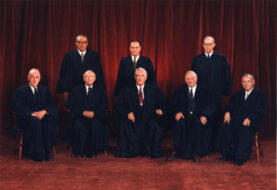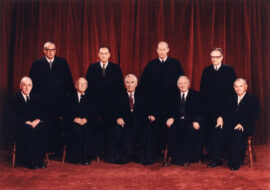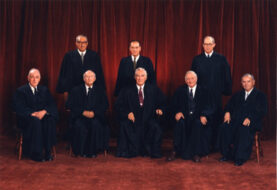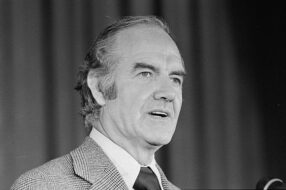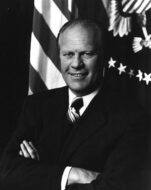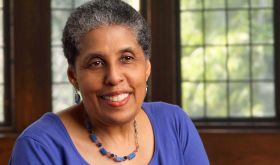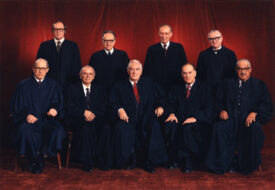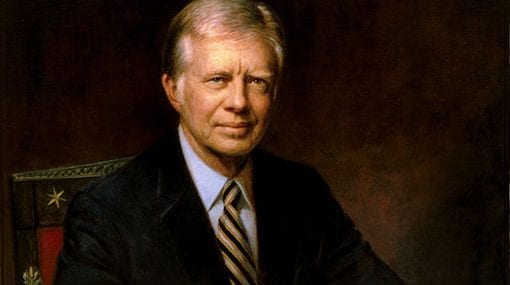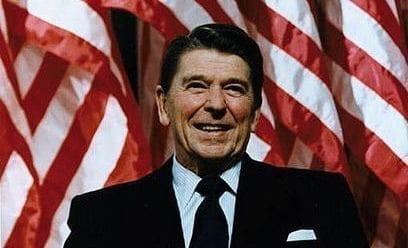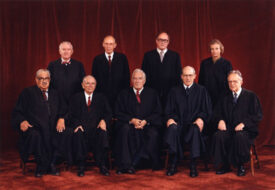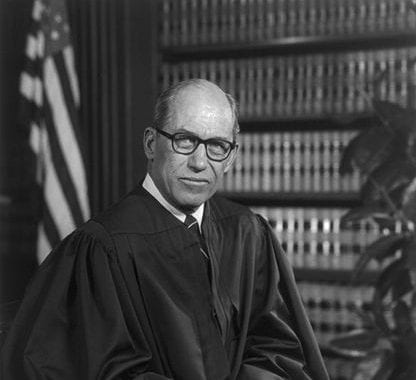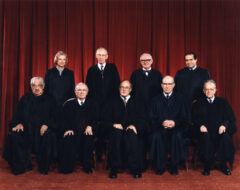


No related resources
Introduction
Passed in 1868 after the Civil War, the Fourteenth Amendment declares in part that no state shall “deny to any person within its jurisdiction the equal protection of the laws.” Brown v. Board of Education, a unanimous decision of the Court, with the opinion written by Chief Justice Warren, was one of the most significant Supreme Court interpretations of the equal protection clause in the twentieth century. Brown was actually the product of a long history of activism, politics, litigation by groups like the NAACP, and court decisions starting several decades earlier that chipped away at the “separate but equal” doctrine proclaimed in Plessy v. Ferguson (1896). In Gaines v. Canada (1938), for example, the Court held that if the University of Missouri excluded African American students from its law school, it had to create a law school for them. In the 1940s and early 1950s, the Court declared that such separate educational facilities had to be actually equal—first in tangible and then in intangible aspects. The appointment of Earl Warren to replace Fred Vinson as chief justice in 1953 aided the drive of the NAACP to have “separate but equal” declared unconstitutional.
While Brown was an important decision, it did not solve all the legal problems of race in American education. The next year in Brown II, the Court declared that desegregation should proceed with all “deliberate speed.” Nevertheless, social and political resistance to the decision and confusion over how to implement it meant that desegregation proceeded very slowly over the next ten years. It was not until the Civil Rights Act of 1964 tied federal education money to elimination of racial discrimination that schools began to desegregate more quickly. Adding to the uncertainty, Brown did not explicitly overrule all aspects of the Plessy decision or declare that race could not be used in educational decisions. As a result, the Court was involved in a number of decisions in the 1960s and 1970s—such as Green v. New Kent (1968), and Milliken v. Bradley (1974)—on the extent to which desegregation required racial balancing in public schools, including through means like busing. In addition, all sides in the debate over the constitutionality of affirmative action have used Brown to support their positions, as seen in cases like California v. Bakke (1978) and Grutter v. Bollinger (2003)
Source: 347 U.S. 483; https://www.law.cornell.edu/supremecourt/text/347/483.
Chief Justice WARREN delivered the unanimous opinion of the Court, joined by Justices BLACK, REED, FRANKFURTER, DOUGLAS, BURTON, CLARK, and MINTON.
These cases come to us from the states of Kansas, South Carolina, Virginia, and Delaware. They are premised on different facts and different local conditions, but a common legal question justifies their consideration together in this consolidated opinion.
In each of the cases, minors of the Negro race, through their legal representatives, seek the aid of the courts in obtaining admission to the public schools of their community on a nonsegregated basis. In each instance, they had been denied admission to schools attended by white children under laws requiring or permitting segregation according to race. This segregation was alleged to deprive the plaintiffs of the equal protection of the laws under the Fourteenth Amendment. In each of the cases other than the Delaware case, a three-judge federal district court denied relief to the plaintiffs on the so-called “separate but equal” doctrine announced by this Court in Plessy v. Ferguson.1 Under that doctrine, equality of treatment is accorded when the races are provided substantially equal facilities, even though these facilities be separate. . . .
The plaintiffs contend that segregated public schools are not “equal” and cannot be made “equal,” and that hence they are deprived of the equal protection of the laws. Because of the obvious importance of the question presented, the Court took jurisdiction. Argument was heard in the 1952 term, and reargument was heard this term. . . .
Reargument was largely devoted to the circumstances surrounding the adoption of the Fourteenth Amendment in 1868. It covered exhaustively consideration of the amendment in Congress, ratification by the states, then-existing practices in racial segregation, and the views of proponents and opponents of the amendment. This discussion and our own investigation convince us that, although these sources cast some light, it is not enough to resolve the problem with which we are faced. At best, they are inconclusive. The most avid proponents of the Post-War Amendments undoubtedly intended them to remove all legal distinctions among “all persons born or naturalized in the United States.” Their opponents, just as certainly, were antagonistic to both the letter and the spirit of the amendments and wished them to have the most limited effect. What others in Congress and the state legislatures had in mind cannot be determined with any degree of certainty.
An additional reason for the inconclusive nature of the amendment’s history with respect to segregated schools is the status of public education at that time. In the South, the movement toward free common schools, supported by general taxation, had not yet taken hold. Education of white children was largely in the hands of private groups. Education of Negroes was almost nonexistent, and practically all of the race were illiterate. In fact, any education of Negroes was forbidden by law in some states. Today, in contrast, many Negroes have achieved outstanding success in the arts and sciences, as well as in the business and professional world. It is true that public school education at the time of the amendment had advanced further in the North, but the effect of the amendment on northern states was generally ignored in the congressional debates. . . .As a consequence, it is not surprising that there should be so little in the history of the Fourteenth Amendment relating to its intended effect on public education.
In the first cases in this Court construing the Fourteenth Amendment, decided shortly after its adoption, the Court interpreted it as proscribing all state-imposed discriminations against the Negro race. The doctrine of “separate but equal” did not make its appearance in this Court until 1896 in the case of Plessy v. Ferguson, involving not education but transportation. American courts have since labored with the doctrine for over half a century. . . .
In the instant cases, . . . there are findings below that the Negro and white schools involved have been equalized, or are being equalized, with respect to buildings, curricula, qualifications and salaries of teachers, and other “tangible” factors. Our decision, therefore, cannot turn on merely a comparison of these tangible factors in the Negro and white schools involved in each of the cases. We must look instead to the effect of segregation itself on public education.
In approaching this problem, we cannot turn the clock back to 1868, when the amendment was adopted, or even to 1896, when Plessy v. Ferguson was written. We must consider public education in the light of its full development and its present place in American life throughout the nation. Only in this way can it be determined if segregation in public schools deprives these plaintiffs of the equal protection of the laws.
Today, education is perhaps the most important function of state and local governments. Compulsory school attendance laws and the great expenditures for education both demonstrate our recognition of the importance of education to our democratic society. It is required in the performance of our most basic public responsibilities, even service in the armed forces. It is the very foundation of good citizenship. Today it is a principal instrument in awakening the child to cultural values, in preparing him for later professional training, and in helping him to adjust normally to his environment. In these days, it is doubtful that any child may reasonably be expected to succeed in life if he is denied the opportunity of an education. Such an opportunity, where the state has undertaken to provide it, is a right which must be made available to all on equal terms.
We come then to the question presented: Does segregation of children in public schools solely on the basis of race, even though the physical facilities and other “tangible” factors may be equal, deprive the children of the minority group of equal educational opportunities? We believe that it does.
In Sweatt v. Painter (1950), in finding that a segregated law school for Negroes could not provide them equal educational opportunities, this Court relied in large part on “those qualities which are incapable of objective measurement but which make for greatness in a law school.” In McLaurin v. Oklahoma State Regents (1950), the Court, in requiring that a Negro admitted to a white graduate school be treated like all other students, again resorted to intangible considerations: “. . . his ability to study, to engage in discussions and exchange views with other students, and, in general, to learn his profession.” Such considerations apply with added force to children in grade and high schools. To separate them from others of similar age and qualifications solely because of their race generates a feeling of inferiority as to their status in the community that may affect their hearts and minds in a way unlikely ever to be undone. The effect of this separation on their educational opportunities was well stated by a finding in the Kansas case by a court which nevertheless felt compelled to rule against the Negro plaintiffs: Segregation of white and colored children in public schools has a detrimental effect upon the colored children. The impact is greater when it has the sanction of the law, for the policy of separating the races is usually interpreted as denoting the inferiority of the Negro group. A sense of inferiority affects the motivation of a child to learn. Segregation with the sanction of law, therefore, has a tendency to [retard] the educational and mental development of Negro children and to deprive them of some of the benefits they would receive in a racial[ly] integrated school system. Whatever may have been the extent of psychological knowledge at the time of Plessy v. Ferguson, this finding is amply supported by modern authority.2 Any language in Plessy v. Ferguson contrary to this finding is rejected.
We conclude that, in the field of public education, the doctrine of “separate but equal” has no place. Separate educational facilities are inherently unequal. Therefore, we hold that the plaintiffs and others similarly situated for whom the actions have been brought are, by reason of the segregation complained of, deprived of the equal protection of the laws guaranteed by the Fourteenth Amendment. This disposition makes unnecessary any discussion whether such segregation also violates the due process clause of the Fourteenth Amendment.
Because these are class actions, because of the wide applicability of this decision, and because of the great variety of local conditions, the formulation of decrees in these cases presents problems of considerable complexity. On reargument, the consideration of appropriate relief was necessarily subordinated to the primary question—the constitutionality of segregation in public education. We have now announced that such segregation is a denial of the equal protection of the laws. . . .
It is so ordered.
- 1. See Plessy v. Ferguson earlier in the collection.
- 2. Warren’s note: K. B. Clark, Effect of Prejudice and Discrimination on Personality Development (Mid-century White House Conference on Children and Youth, 1950); Witmer and Kotinsky, Personality in the Making (1952), ch. 6; Deutscher and Chein, “The Psychological Effects of Enforced Segregation: A Survey of Social Science Opinion,” 26 J. Psychol. 259 (1948); Chein, “What Are the Psychological Effects of Segregation under Conditions of Equal Facilities?” 3 Int. J. Opinion and Attitude Res. 229 (1949); Brameld, “Educational Costs,” in Discrimination and National Welfare (MacIver, ed., 1949), 44–48; Frazier, The Negro in the United States (1949), 674–681. And see, generally, Myrdal, An American Dilemma (1944).

Conversation-based seminars for collegial PD, one-day and multi-day seminars, graduate credit seminars (MA degree), online and in-person.






